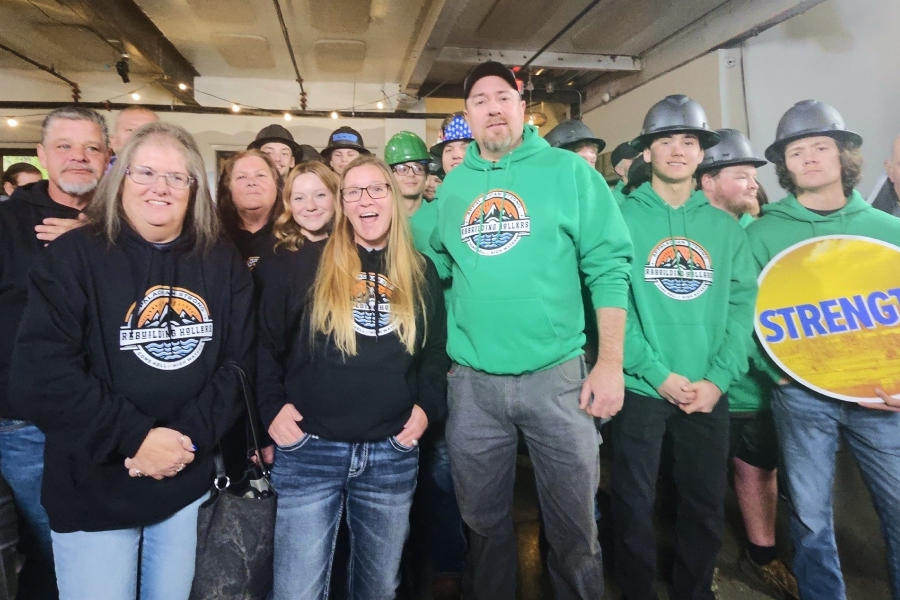Musselman & Hall Contractors LLC, based in Overland Park, Kansas, has spearheaded construction projects throughout the Midwest focused on concrete, asphalt and railroad for the better part of the past century. Employee owned and built on long-lasting customer relationships, the company has in the past 20 years broadened its work beyond its historic specialties and government projects to include more general contracting to a wider customer base.
Like most seasoned construction firms, Musselman & Hall has incorporated industry technology as it has evolved over the years, embracing tools that allow the firm to remain on the cutting edge of speed, precision and efficiency—critical tenets for any construction outfit.
“We’ve always aimed to be an organization that is ahead of the changes with technology and things in the marketplace. Sometimes we get behind, but we always strive to be ahead and give our people the best tools to do their jobs,” said Kyle VanSlyke, Musselman & Hall’s chief operating officer and a 25-year company veteran.
But in 2021, the company found itself at a crossroads with one of its technology tools, particularly in its pre-construction group responsible for conducting project acquisition and building cost estimates. At the time, the pre-construction team was using takeoff software for calculating estimates that was reaching its limit. “The files were in a specific OST format, and our construction was moving to PDFs,” said Christopher Leheney, the company’s pre-construction manager.
OST is a file type that would need to be converted to PDF after takeoffs were complete, adding a layer of work that made it difficult to use in an industry increasingly centered around PDF plan documents. If the company received documents in PDF, for instance, it would have to convert to OST to conduct takeoff work before converting it back to PDF for the client to review.
The team wanted something that could work with PDF more natively, allowing for markups and other takeoff functions to happen seamlessly in one document type, thus eliminating that extra layer of work.
After a thorough search, Musselman & Hall quickly settled on Bluebeam as the solution. “We had several [tools] on our list, maybe four or five, and as it came down to studying and refining and trying to figure out what would be the best fit for us, Bluebeam elevated to the short list,” Leheney said.
Picking Bluebeam
Settling on Bluebeam for its quantity takeoff capability was ultimately an easy choice. “We did the circles of the pros and cons, weighing here’s the price of this one vs. that one; here’s what this one gives us that the other would not,” Leheney said. Bluebeam checked all of the company’s boxes.











